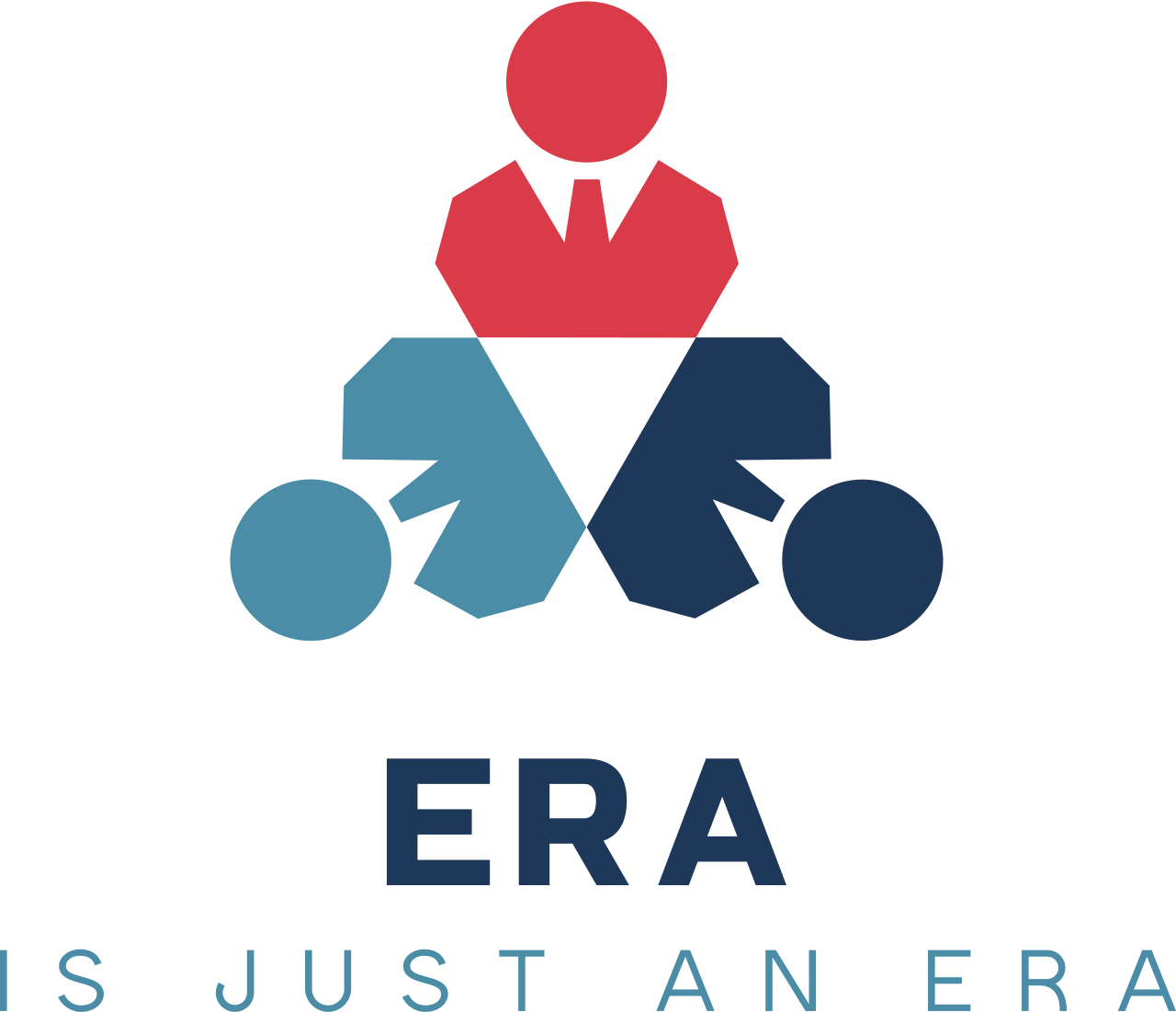Innovative Horizons: Bridging Agile, AI, and Data Science for Future S
Given the increasing demand for transparency in AI systems, what innovative regulatory or technical frameworks could enhance the explicability of LLMs while balancing proprietary and open-source approaches?
In today’s fast-evolving business landscape, innovation is emerging at the intersection of traditional project management and cutting-edge technology. Recent research and industry practices are challenging conventional methods by blending robust, stage-gate structures with agile methodologies—a hybrid approach that not only maintains strategic control but also allows for dynamic adaptation in real time.A prime example of these innovative trends can be found in advanced processes adopted by major corporations. Companies are drawing inspiration from lean startup principles and agile techniques to craft fast, iterative development cycles that significantly reduce time-to-market. This evolution in practice points to a broader movement where traditional methods receive a modern makeover, enabling businesses to respond swiftly to market demands while ensuring rigorous oversight and refinement of their innovation projects.Equally revolutionary is the integration of artificial intelligence (AI) with human resource management. New frameworks are being designed to incorporate ethical decision-making algorithms, aimed at reducing bias and enhancing accountability in HR processes. These emerging systems show promise in balancing human judgment with AI’s capacity for processing vast and varied data sources. The potential here is profound: AI-driven models not only promise efficiency but also herald a future where ethical considerations and accountability are deeply embedded in technological deployments.Advancements in natural language processing (NLP) represent another frontier of innovation. Cutting-edge machine learning models, particularly large language models (LLMs), are now capable of extracting nuanced insights from unstructured data, such as job postings. By harnessing sophisticated clustering techniques and topic modeling, researchers can derive meaningful, multi-layered frameworks that shed light on the complexities of employer well-being and digital skill sets. Although challenges remain—such as potential biases from training data and the inherent limits of text mining—these new methodologies are setting the stage for deeper, more context-aware analyses.These intertwined streams of innovation—from agile-traditional hybrids and AI-enhanced HRM to modern text mining approaches—demonstrate that the future of organizational success lies in a seamless integration of diverse strategies and technologies. As businesses continue to navigate the complexities of rapid change, the fusion of traditional rigor with agile flexibility, supported by the power of advanced analytics, offers a compelling roadmap for innovation and sustained growth.
